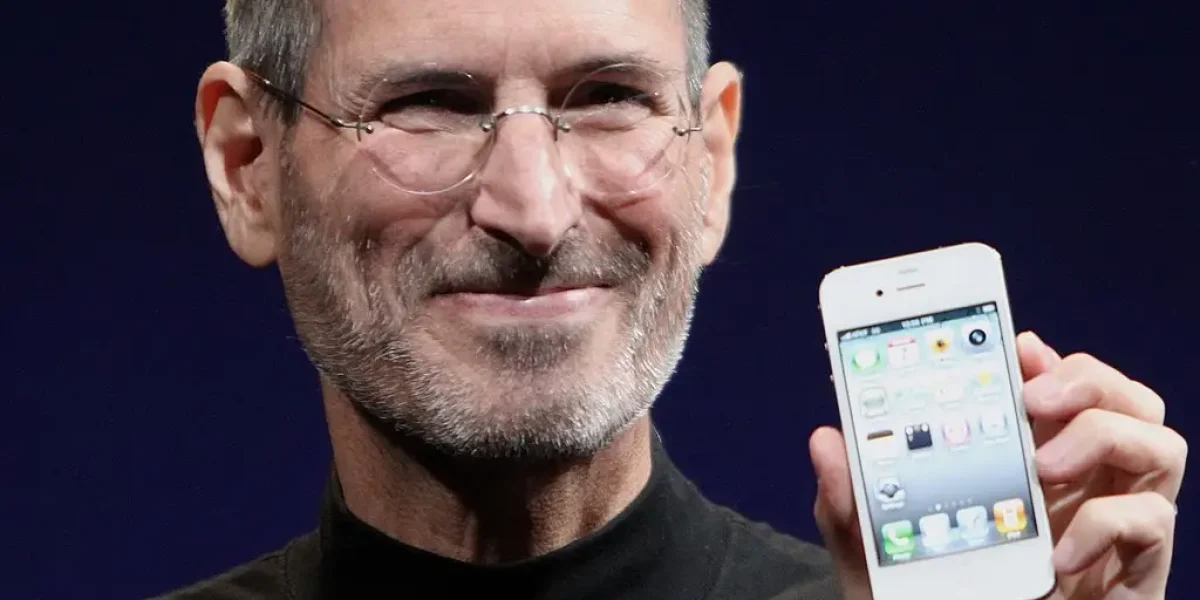
Before the iPhone, smartphones looked very different. BlackBerry, Nokia, and Palm dominated the market with physical keyboards, styluses, and screens filled with features most users rarely used. Then came Steve Jobs. He didn’t add more features, he focused on removing what users didn’t need.
He asked a bold question:
“What can we remove to make the experience better?”
Jobs believed that clarity was kindness. Every unnecessary button, hidden feature, or extra step was a small burden on the user.
So he made bold decisions:
He removed the keyboard.
He ditched the stylus.
He refused to fill the screen with clutter.
Instead, he introduced a simple but revolutionary idea:
“Your finger is the best pointing device.”
That decision completely changed how we interact with technology.
This wasn’t just clean design, it was deep user empathy.
Jobs didn’t start with technology.
He started with pain points.
He removed friction before adding features.
He designed for real people in real moments.
That’s what true product thinking is:
Solve meaningful user problems
Avoid feature bloat
Make the experience feel natural and intuitive
Focus on emotions, not just efficiency
What we can learn:
Build for people, not possibilities. Just because something is possible doesn’t mean it improves the experience.
Simplicity is strategic. Reducing complexity creates confidence and trust.
Empathy wins. Great products start with a deep understanding of real behavior and everyday challenges.
The iPhone didn’t win because it had more power.
It won because it gave people more control.
That’s the power of product thinking with empathy at its core.